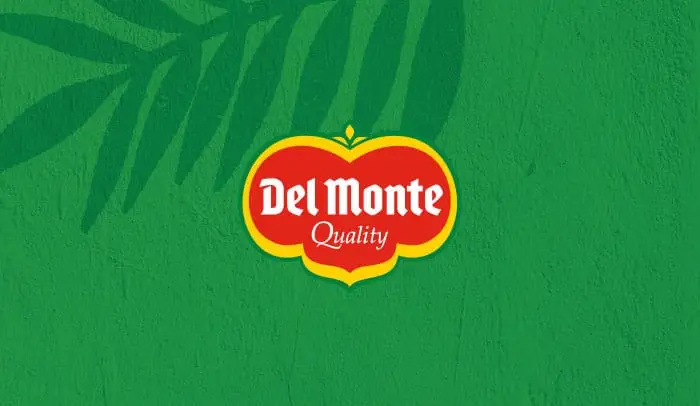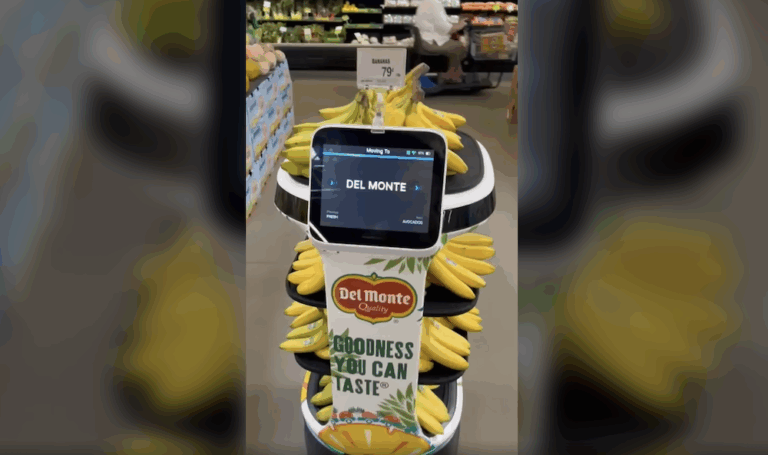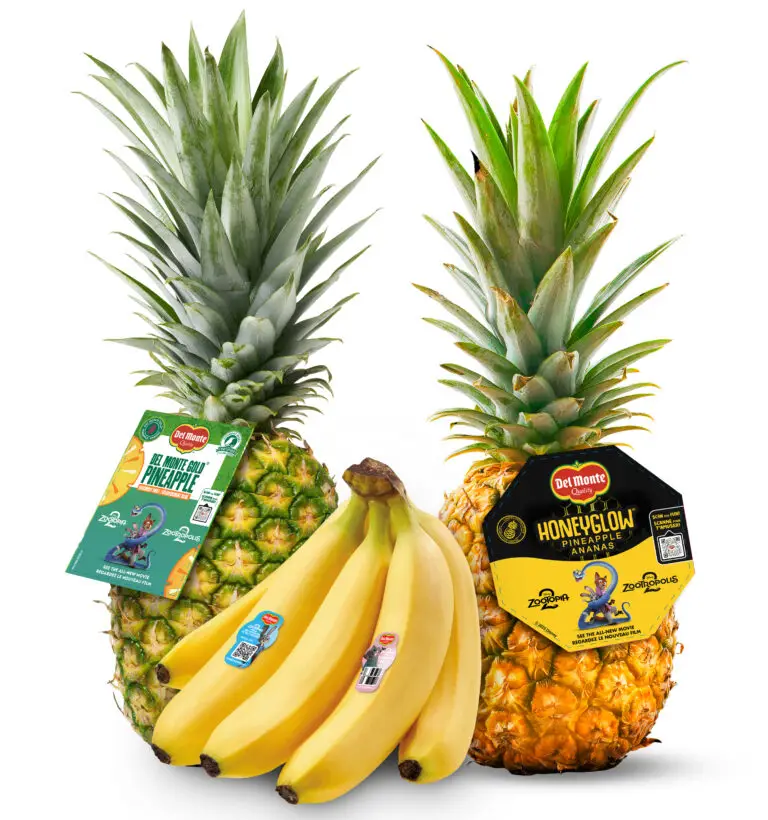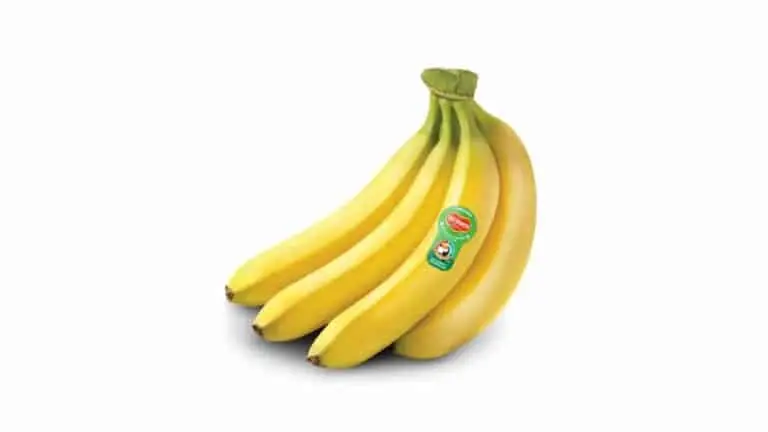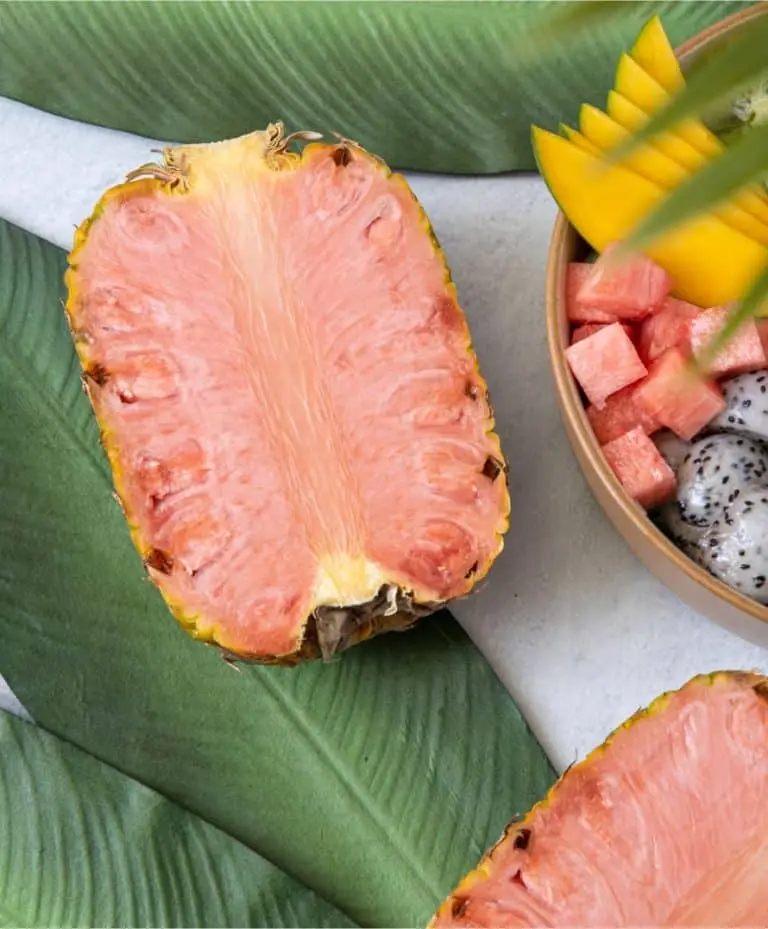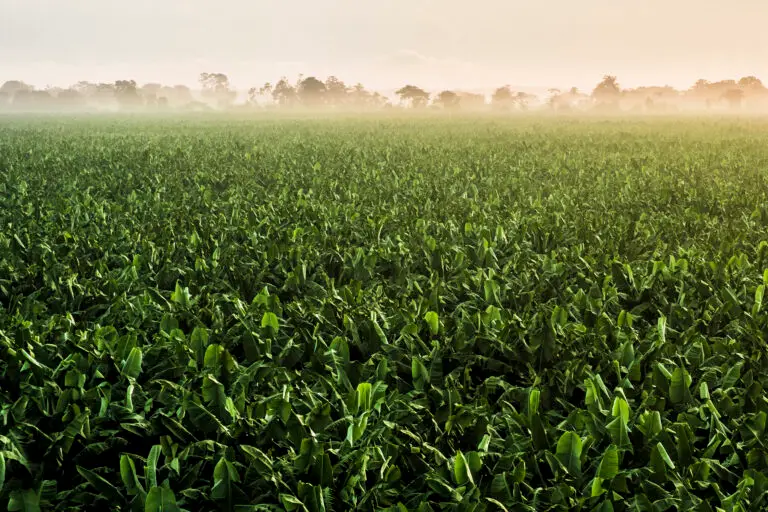As seen in AllRecipes.
True, canned can come in clutch for many of our favorite pineapple recipes, like Pineapple Pie, Pineapple Casserole, Pineapple Upside-Down Cake, and Hawaiian Pizza. But in certain drinks, desserts, and dinner recipes, nothing can compare to the vibrant, tangy, sunshine-y flavor of fresh pineapple.
When it comes time to get your fresh fix, we have great news: “Pineapples are available in the U.S. year-round due to supply from overlapping geographies,” confirms Dana Peters, a Barney, Georgia-based produce and floral field inspector at Whole Foods Market (who grew up on a small family farm).
That said, if you’re seeking the best of the best, Edgar Cordero, pineapple farmer and general manager of Maui Gold Pineapple in Hali’imaile, Maui, Hawai‘i adds that “peak season for pineapples is generally March through July, when growing conditions in Hawai‘i, Central America, and Mexico are ideal. During these warmer months, pineapples typically reach peak ripeness, resulting in sweeter, juicier fruit on store shelves.”
You’ll find the most flavorful pieces of this tropical fruit during spring and summer. However, if you use these farmer cues for how to select the best of the bunch, you’ll be highly likely to cut into a flavorful pineapple any time of year.
Meet the Farmers
- Max Aragon, general manager for Fresh Del Monte’s Costa Rica pineapple division
- Edgar Cordero, pineapple farmer and general manager of Maui Gold Pineapple in Hali’imaile, Maui, Hawai‘i
- Dana Peters, a Barney, Georgia-based produce and floral field inspector at Whole Foods Market
How to Choose the Best Pineapple
With a thick skin that disguises the fruit inside, it can feel like playing the lottery when you’re picking out a pineapple. Once you have a handful of farmer cues in your culinary arsenal, though, you’ll feel like you’re making a safe bet each time you buy.
When we asked Peters, Cordero, and Max Aragon, general manager for Fresh Del Monte’s Costa Rica pineapple division to share the best way to tell if a pineapple is ripe, fresh, and flavorful, they agreed that it’s important to pick a firm-skinned fruit that feels heavy for its size.
“The fruit should be firm with just a slight give when you press it gently. Too soft or mushy means it’s likely past its prime,” Cordero says.
Avoid any pineapples that have noticeable external damage like dents or cuts, Aragon adds, “as this could indicate it is not at its best quality.”
As you’re holding and squeezing the fruit, to test its texture, check in on its heft, too. Heavy pineapples usually have more juice and better flavor than their light peers, Cordero confirms.
Other Signs of High-Quality Pineapple
Here are a few more farmer hints that will help you be even more likely to pick a perfect pineapple.
- Look at the leaves. Healthy, firm, and bright green leaves are a sign of freshness, Cordero and Peters confirm. Although a few brown-edged leaves are generally nothing to fret about, “many wilted or browning leaves can indicate that the pineapple has been sitting too long,” Cordero explains.
- Smell the base. A ripe pineapple will emit a sweet, pleasant, tropical aroma at the bottom stem end, Peters notes. “No smell usually means it’s underripe,” according to Cordero. “A fermented or sour smell often means it’s overripe.”
- Check the color. Some varieties of ripe pineapples still have green skin. Since we’re so used to seeing and selecting fruit with golden-yellow hues, certain pineapple companies expose their fruit to (perfectly safe) ethylene gas, so they transform from green to yellow. (Fun fact from our friends at BHG: Pineapple doesn’t ripen any further after being picked.) As a general rule, though, it’s wise to look for a deep golden yellow color on the skin at the base of the pineapple, because a “fully green pineapple could be immature,” Peters says.” Skin with golden-yellow tones from the base upward usually indicates “sweeter flavor due to its milder acidity, which provides a more pleasant sensory experience on the palate,” Aragon adds.
What to Avoid When Selecting a Pineapple
The farmers and produce pros agree that it’s best to steer clear of pineapples with any of the following features:
- Mold on the base
- Dark soft spots on the skin
- A fermented or vinegar-like smell
- Many or all brown or dried-out leaves
- Juices leaking out
How to Enjoy Pineapple, Farmer Style
Before letting our farmers get back to their fields, we couldn’t resist asking them to dish about their favorite ways to savor their harvest. Cordero reminds us that “pineapple is incredibly versatile—delicious raw, grilled, juiced, or blended.” Besides simply cut, chilled and enjoyed as a snack, here are the top ways each expert likes to enjoy the fruits of their labor:
- Georgia native Peters is fond of making a three-ingredient sweet-and-savory sandwich, that’s very similar to the 4.8-star Pineapple Sandwich Southern Living fans call, “so refreshing on a hot day,” noting that “I grew up in Tennessee in the ‘60s, and we had these weekly as kids” Some renditions call for mayo or Spam, but Peters keeps things simple by placing a slice each of fresh pineapple and American cheese multigrain bread.
- When he’s seeking something refreshing on a toasty day, Cordero blends up a fresh pineapple smoothie with coconut water and fresh mint.
- Come happy hour, Aragon’s go-to move is blending a batch of his signature drink: piña colada cocktails. Our Easy 3-Ingredient Pina Colada can be in your frosty glass in 5 minutes, after mixing up fresh pineapple, sweetened condensed coconut milk, white rum, and ice.
Can You Eat Under-Ripe Pineapple?
If you happen to choose a less-than-juicy, not-quite-ripe fruit, no sweat. It’s still safe to eat, but “an unripe pineapple typically has a more acidic quality, which can be unpleasant for sensitive palates due to its higher citric acid content and lower sweetness level,” Aragon admits.
Try our fan-favorite Grilled Pineapple recipe, which involves a quick marinade before cooking over high heat; both of which help accentuate the natural sugars in the under-ripe fruit.
